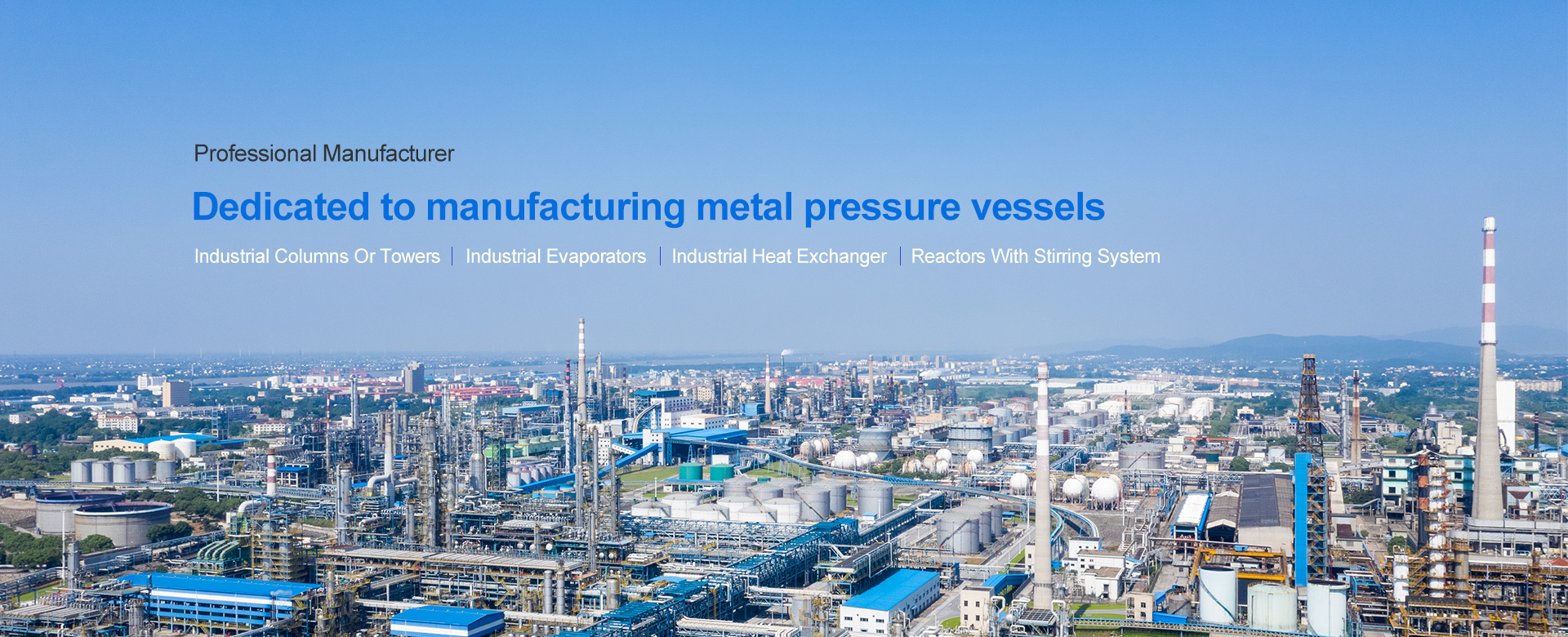
PRODUCTS

CONTACT US
+86-13706172093PRODUCTS
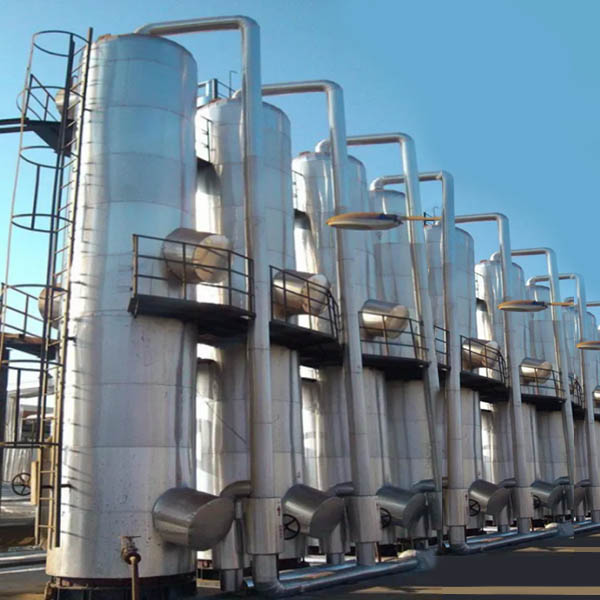
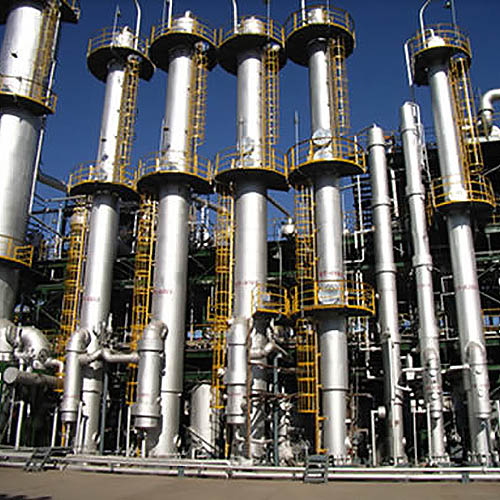
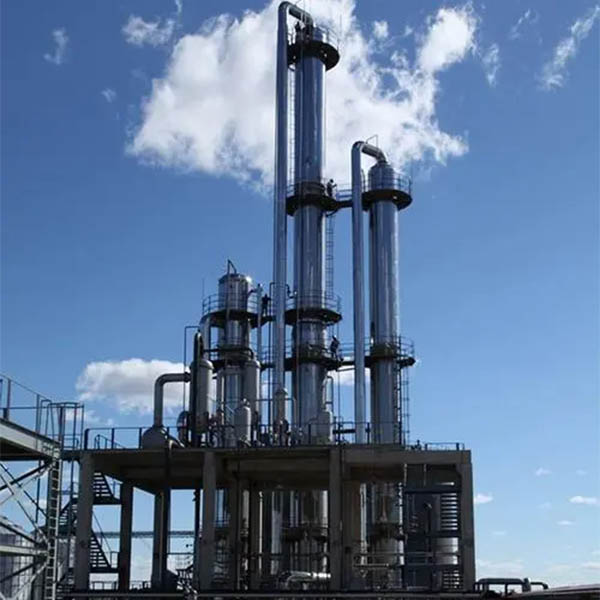

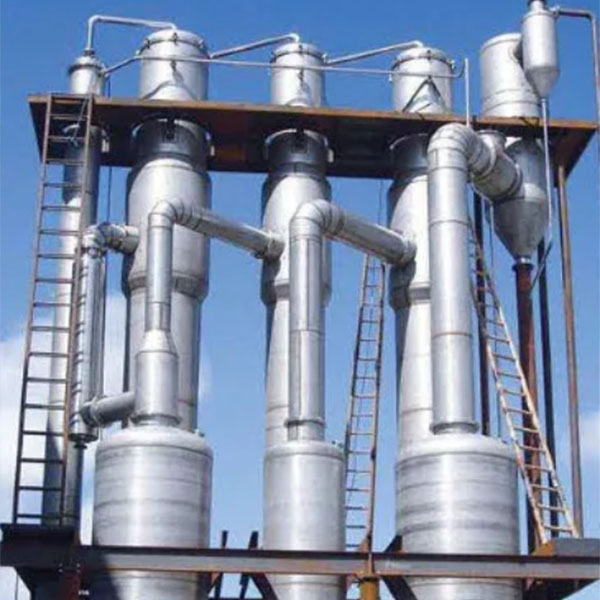
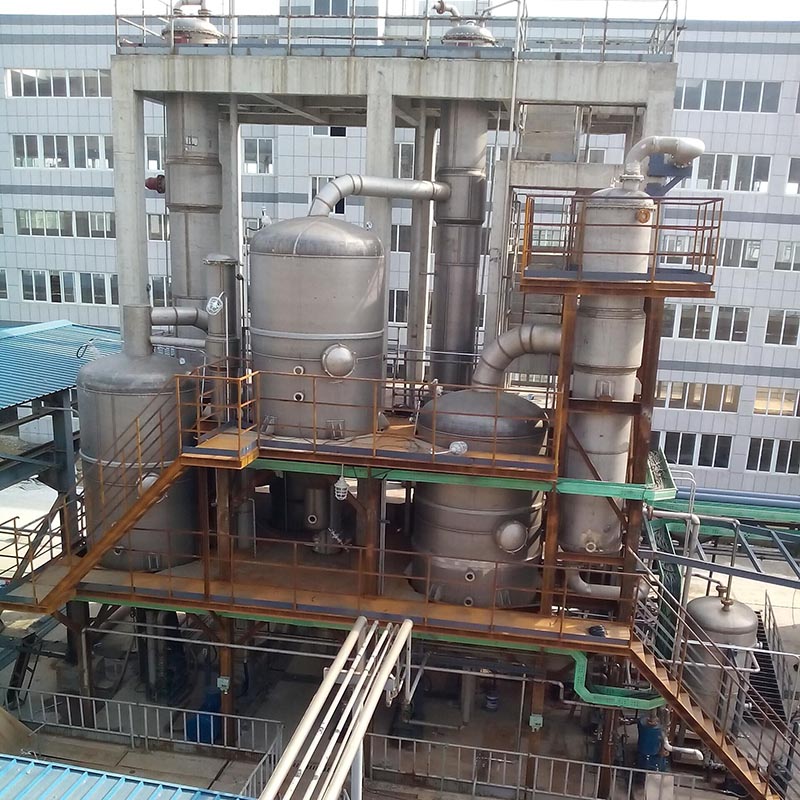
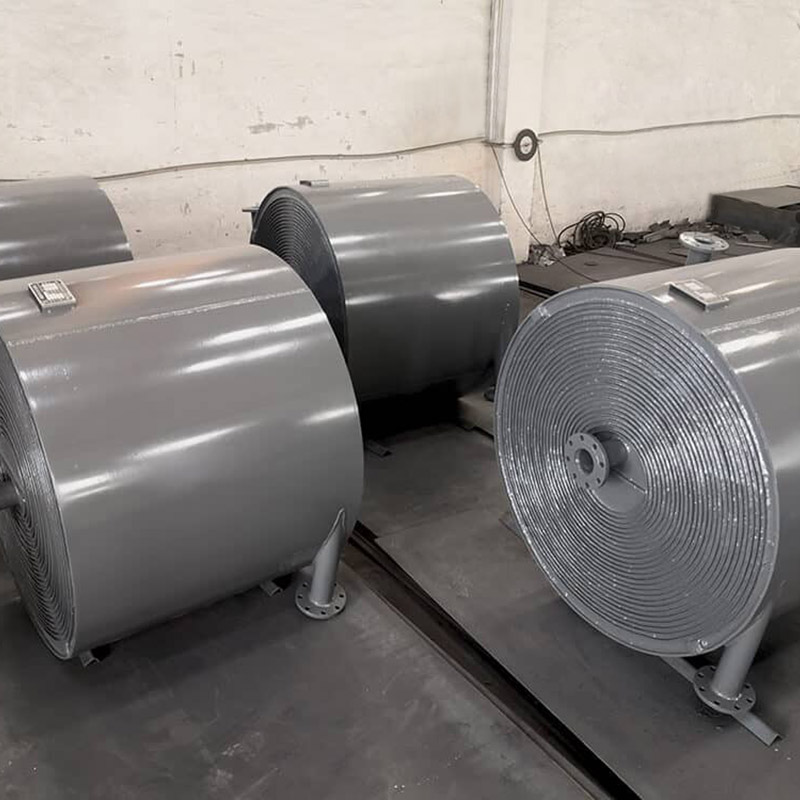
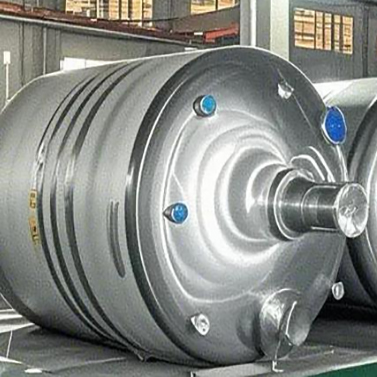
Wuxi Hongdinhua Chemical Equipment Co.,Ltd.is mainly engaged in researching, developing, designing and manufacturing metal pressure vessel used in Petrochemical industry, pharmaceutical, fine chemical, photoelectric, solar technology, new energy technology, environmental technology.
Research, develop, design, and manufacture metal pressure vessels
Wuxi Hongdinhua Chemical Equipment Co.,Ltd. Was established in the year of 2010 with registered capital of 10.8 miliion yuan (CNY). Wuxi Hongdinhua Chemical Equipment Co.,Ltd.is mainly engaged in researching, developing, designing and manufacturing metal pressure vessel used in petrochemical industry, pharmaceutical, fine chemical, photoelectric ...
More >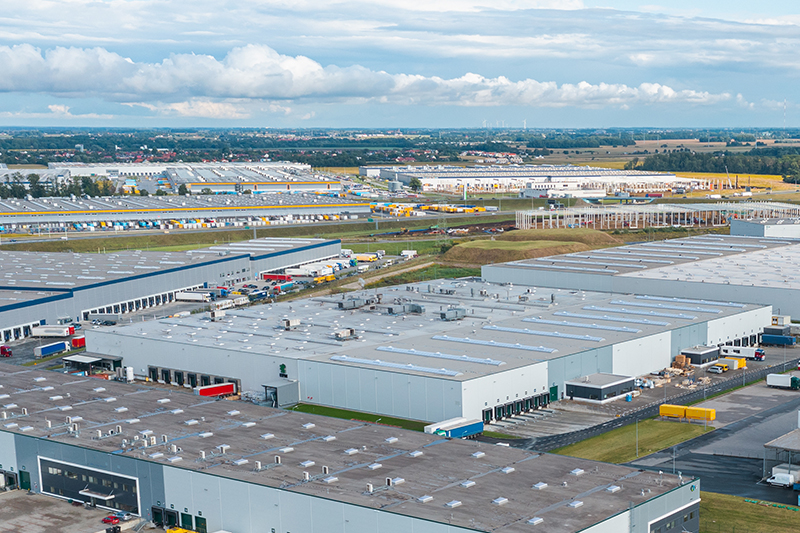
professional manufacturer
Rich industry experience
 On time delivery
On time delivery
convenient transportation
Strict testing before leaving the factory
Follow us to stay informed about industry trends
What Is the Purpose of a Distillation Column?
A distillation column (also referred to as a fractionating column) is a purpose-built industrial device designed to separate homogeneous liquid or vapor mixtures into their individual components (fractions) based on differences in volatility—a property defined by a substance’s boiling point (more volatile components have lower boiling points and vaporize more readily). Unlike simple distillation (used for basic two-component separations, e.g., water-ethanol), distillation columns enable continuous, high-efficiency fractionation of complex mixtures (e.g., crude oil with 100+ hydrocarbons) by leveraging repeated cycles of vaporization and condensation across internal “stages” (trays or packing). This capability makes them indispensable in industries where purified or separated materials are foundational to production—from fuels and chemicals to pharmaceuticals and food products. This article clarifies the core purpose of distillation columns, their role in key industries, design adaptations, and the principles that enable their functionality—aligned with chemical engineering standards (e.g., ASTM D2892 for crude oil distillation, ISO 6570 for packed column performance). 1. Core Purpose: Fractionation via Vapor-Liquid Equilibrium (VLE) The primar...
2025-11-15

How Does a Distillation Tower Work?
A distillation tower (also called a distillation column or fractionating column) is a vertical, industrial-scale separation device designed to fractionate liquid or vapor mixtures into their individual components based on differences in volatility (a property inversely related to boiling point: more volatile components have lower boiling points and vaporize more easily). Critical in petrochemical, oil refining, and chemical manufacturing, these towers enable the production of fuels (gasoline, diesel), solvents (ethanol, methanol), and high-purity chemicals by leveraging the principle of vapor-liquid equilibrium (VLE)—the dynamic balance where vapor and liquid phases coexist, with more volatile components concentrated in the vapor and less volatile components in the liquid. This article breaks down the tower’s design, operational principles, key components, and industrial applications—aligned with chemical engineering standards (e.g., ASTM D2892 for crude oil distillation, ISO 6570 for packed column performance). 1. Foundational Principle: Vapor-Liquid Equilibrium (VLE) Distillation towers rely on VLE to drive separation. When a liquid mixture is heated, its more volatile components (lower boiling points) vaporize first. As this vapor rises and contacts a cooler...
2025-11-12

Analysis of the Working Principle and Applications of Forced Circulation Evaporators: An Efficient Solution for High-Viscosity Solution Treatment
In high-energy-consuming industries such as chemical, pharmaceutical, and food industries, forced circulation evaporators have become the core equipment for processing complex feed liquids due to their high-efficiency evaporation performance and stable operability. Through its unique working principle and optimized design, it solves the problems of low efficiency and easy scaling of traditional evaporators when dealing with high-viscosity and easily crystallizable feed liquids. I. Core Structure and Working Principle of Forced Circulation Evaporators The core system of a forced circulation evaporator consists of a heating chamber, an evaporation separation chamber, and a circulation pump. Its working principle is different from that of natural circulation evaporators. An external circulation pump provides power to force the feed liquid to flow at a high speed of 1.5 - 5 meters per second in the heating tubes. In the heating chamber, the feed liquid is heated to a superheated state and then enters the evaporation separation chamber. At this time, the sudden pressure drop triggers a flash evaporation phenomenon. The secondary steam is discharged from the top of the separation chamber. After being filtered by a demister to remove liquid droplets, the purity of the steam and the product ...
2025-11-08

Horizontal Storage Tanks: Structural Features, Application Fields, and Selection Guide
Horizontal storage tanks are horizontally placed cylindrical sealed containers primarily used for storing liquid or gaseous media. They are widely employed in dozens of industries such as chemical, petroleum, food, environmental protection, fire protection, and pharmaceuticals. Their design takes both functionality and safety into account, capable of meeting storage requirements under high - temperature, high - pressure, and complex chemical environments. I. Core Features and Material Selection The volume of horizontal storage tanks is flexible, usually less than 100 cubic meters and no more than 150 cubic meters at maximum. However, in customized scenarios, larger capacities can be achieved through on - site assembly and welding. The tank body materials are often polyethylene (PE), polypropylene (PP), stainless steel, or steel - lined plastic composite materials with excellent corrosion resistance. Among them, all - plastic tanks made by rotational molding are the mainstream choice due to their high cost - effectiveness and strong chemical corrosion resistance; stainless - steel tanks are suitable for fields with high hygiene requirements such as food and medicine. II. Structural Design and Pressure Adaptability The tank body structure can be divided into two types: fla...
2025-11-05

CONTACT US
Not sure which product is suitable for you? Let our knowledgeable sales team guide you in choosing the most suitable solution for your needs.